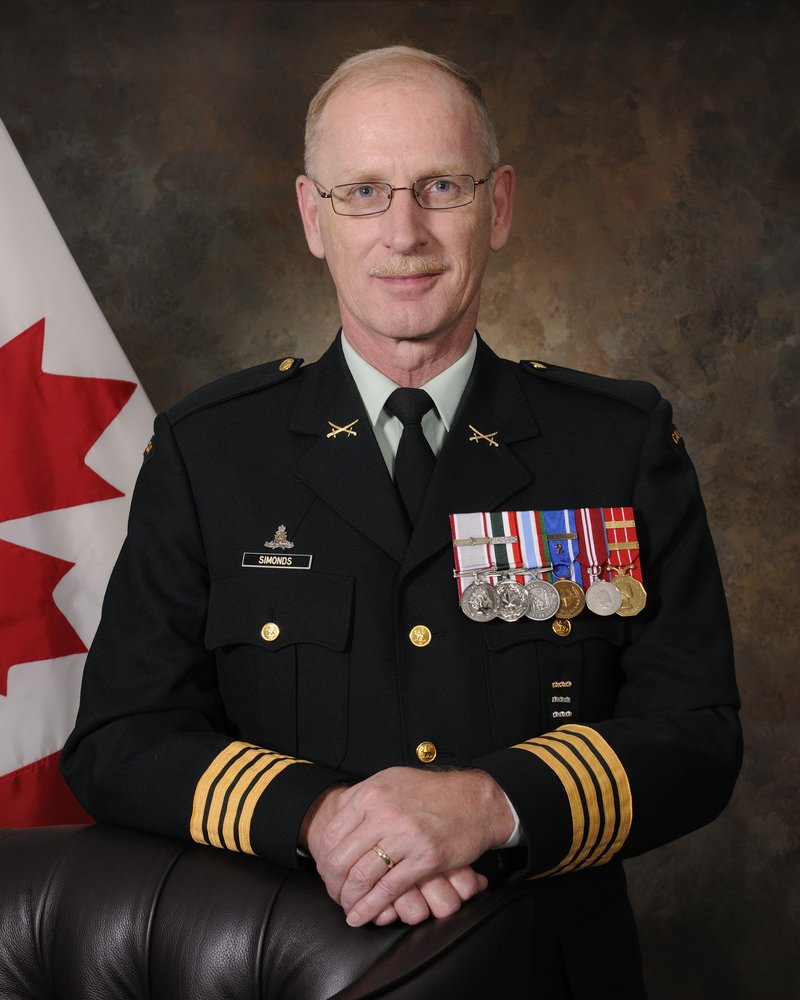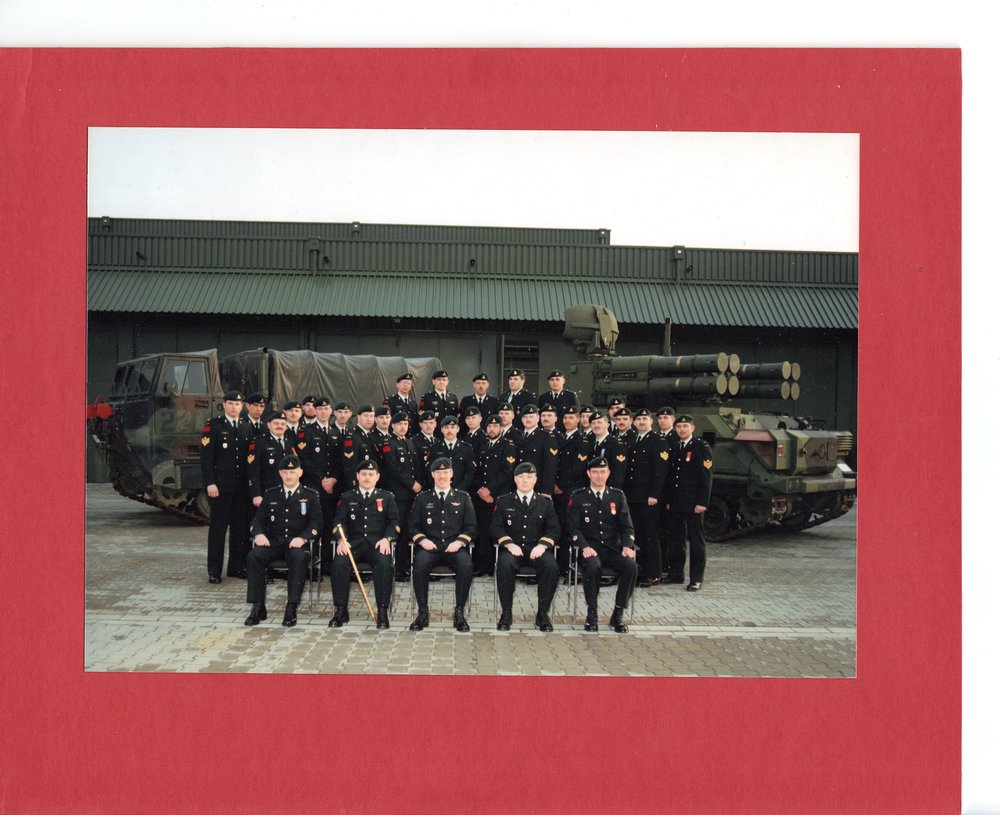Tuesday, October 27, 2020
I served with Col Simonds in two regiments: 4 AD Regt (90-92) and 2 RCHA (95-97). I will share a story from each one.
4 AD Regiment. Exercise ROYAL DAGGER. For the first time since WWII, 1st Canadian Div HQ deployed to Germany to be exercised under II German Corps. Maj Simonds, at the time, myself as a young Lt, and Lt Dave Macdonald were deployed to serve in the Division Airspace Control Center as the first Air Defence Officers in support of this type of exercise. It is something else to go from being Troop Commander in a battery up to serving into a Division HQ, that had brand new air sea transportable Command Posts and dealing with Corps Level Air Space Control Orders. The Division HQ was deployed into an old brick factory with quite a bit of dirt and grime and dust. The Canadian Preventive Med Techs came around and discovered that at one time, asbestos was used in the making of the bricks. Upon hearing that we were to try to not kick up dust etc, so as to avoid kicking around asbestos, Maj Simonds turned to Dave and I and dryly stated “well, on the positive side, we are not likely to burn down”…given that asbestos is used as a fire retardant. It was a bit of a Monty Pythonesque moment and one of many times I experienced this dry wit during my two years serving with Col Simonds when he would comment on an absurd situation.
2 RCHA. Colonel Simonds was the 2IC of the Regiment from 95 to 97 while I served as BK, F Battery with the new LG1 Light Guns. Exercise Frozen Gun 96 became folklore as “Marshal’s Last Stand” as the CO, LCol Dave Marshall, had successfully secured the IG course field firing phase (with lots of rounds) and Romeo Battery from 5 RALC to come to Petawawa so we had four firing batteries in the field in sp of the IG course. Frozen Gun never disappoints in Petawawa in March and we were averaging colder than minus 20 to 25 for the two weeks. What we refer to as character building weather. As the BK, I was responsible for the Battery local defence while Maj Simonds was responsible for knitting together all four firing batteries and HQ Bty into the Regimental Areas local defence. During this exercise all we did was fire and movement – virtually every 6 hours, for two weeks. The moment we had fired, we had “unmasked ourselves” and were obligated to move to a new gun position. And during those two weeks all four Gun Battery BK’s learned very quickly was that Maj Simonds could be reliably counted on to show up at the most ungodly hour to verify the battery local defence plan. Nothing is more challenging than doing a night recce and then night occupation of a gun position and then figure out in the dark your local defence plan; and brief it across the battery. It was often at the 0200 and 0300 hrs timeframe, when it was a balmy minus 25, that I would be informed that the 2IC was on position and I would meet the most chipper Maj Simonds, showing no sign of fatigue and immune to the cold, who would critique our plan: direct improvements; and finally go around to each detachment to have a word of encouragement with the gunners. It was during these frozen walk arounds that the gunners of the battery were impressed to see the 2IC leading from the front, fully engaged in their wellbeing and enduring the seriously ungodly weather and tempo that became known as “Marshall’s Last Stand”.
In closing, in my two tours with Col Simonds he always stood out as the consummate professional soldier who led by example.
Cordially,
Warren Armstrong
LCol








